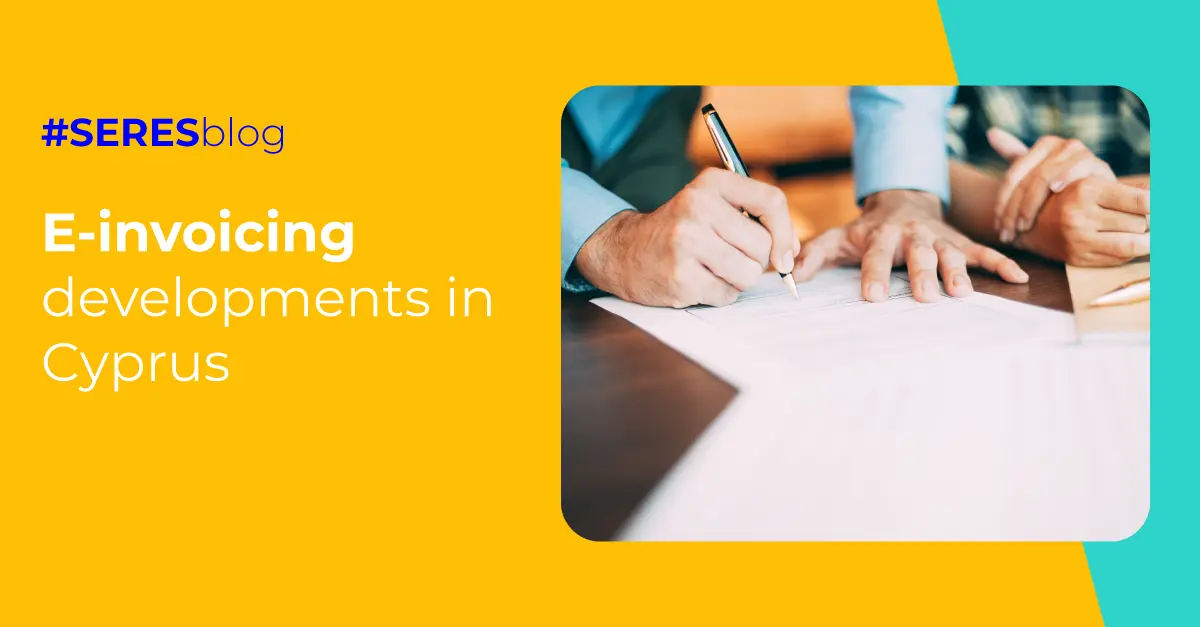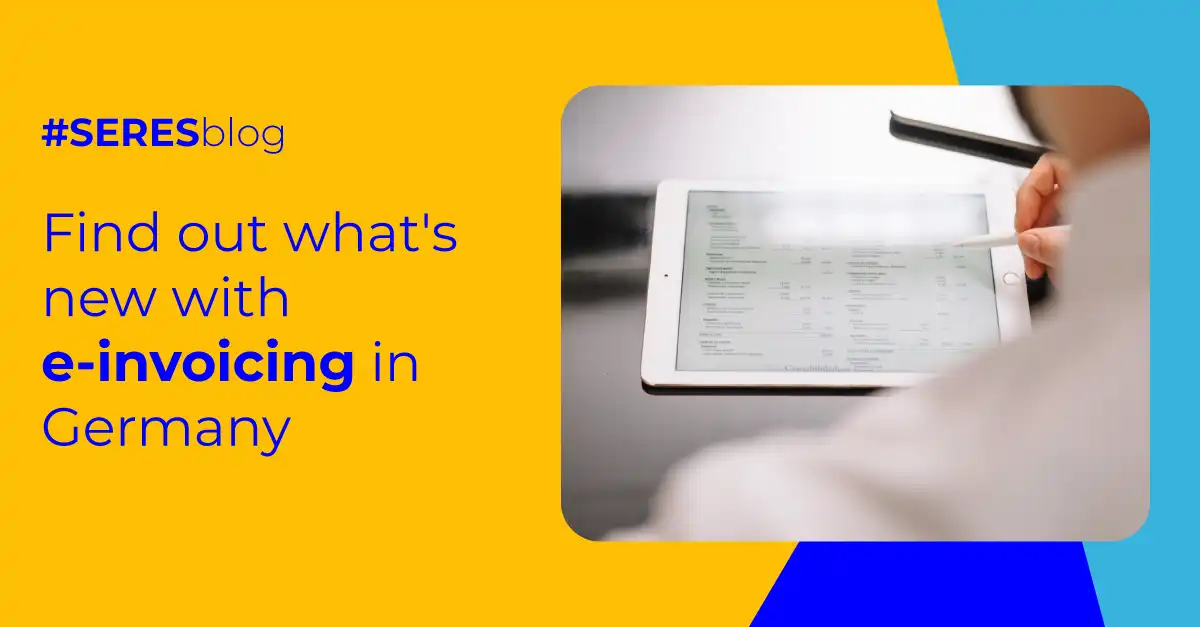Italy calls for extension of B2B e-invoicing mandate until 2025
On June 4, 2025, the Italian Council of Ministers officially approved a law called the "Supplementary and corrective provisions on tax compliance, biennial preventive settlement, tax justice, and tax penalties".
This regulation makes several changes to the tax framework, including updates to Legislative Decree No. 119/2018.
One of the biggest changes has to do with electronic invoicing in the healthcare sector. The new text removes references to specific tax periods, permanently banning the use of electronic invoices through the Exchange System (SdI) for B2C healthcare services offered by entities that are required to report to the Tessera Sanitaria System.
The adoption of e-invoicing in Italy commenced in 2008 with the enactment of Legge 24 December 2007, n. 244, which established the issuance, transmission, storage and archiving of invoices issued with public administrations (B2G).
Subsequent to the enactment of Directive 2014/55/EU, e-invoicing in Italy (designated FatturaPA) became obligatory for all suppliers to public administrations and government offices.
As of 1 February 2020, all suppliers of the Italian National Health Service (SSN) are required to submit purchase orders to the public administration in an electronic format and process them through the order sorting node (NSO).
Mandatory B2B e-invoicing in Italy
As of 1 January 2019, e-invoicing has become a mandatory requirement for B2B and B2C transactions between Italian operators with an annual turnover exceeding 65,000 euros. The obligation was subsequently extended to encompass minor taxpayers and amateur sports associations, effective as of 1 July 2022.
Consequently, as of 1 January 2024, all businesses with an annual turnover of less than €25.000 are subject to the e-invoicing obligations of the Sistema di Interscambio.
In the context of B2C transactions in Italy, e-invoices must also be issued through the Sistema di Interscambio (SdI) in XML format (FatturaPa).
The Italian government has petitioned the European Commission (EC) for authorization to further implement mandatory business-to-business (B2B) e-invoicing through a derogation to Articles 218 and 232 of the Value Added Tax (VAT) Directive. The current derogation is set to expire on 31 December 2024, and thus the Italian government is requesting an extension of the mandate for a further year.
Italy is requesting an extension of the deadline until 31 December 2025 or until such time as member states are able to implement decisions following the adoption of VAT proposals in the digital age.
Italy can be considered the European country that has made the most significant commitment to e-invoicing. The process of massification commenced with considerable success, with over two billion invoices exchanged in the first year through the Sistema di Interscambio (SdI), the electronic invoicing platform established by the government.
Italy's Agenzia delle Entrate has published version 1.9 of the technical specifications for the issuance of electronic invoices. These specifications will go into effect on April 1, 2025.
The new version includes the following features:
- A new document type, TD29, for reporting omitted or irregular invoices to the Tax Agency.
- An updated description of document type TD20 to make it clearer.
- There is a new cross-border VAT exemption regime called RF20, which follows an EU directive called 2020/285.
- The value codes for diesel or fuel sales invoices have been updated to match a new coding system called ADM.
- The €400 limit for the total amount of the simplified invoice has been eliminated, but this only applies if the supplier issues a simplified invoice under the flat rate or cross-border VAT exemption scheme.
Electronic invoicing model in Italy
Electronic invoices are generated and transmitted via the Sistema di Interscambio (SdI) in digitally signed XML format (FatturaPa).
At the time of writing, there are five transmission channels available for sending a file to the SdI. These are Certified Electronic Mail (CEM), sending via the web, SDICoop, SDIFTP Service and SPCoop. Following the completion of the validation process, the SdI transmits the file to the designated recipient.
Upon receipt of an invoice that complies with the EN standard, the Sistema di Interscambio translates it into FatturaPA syntax and transmits it to the relevant public administration authority. At this juncture, the public administration is at liberty to elect between processing the invoice that has been translated into FatturaPA syntax, for which it has been equipped since 2015, or the original EN-compliant e-invoices.
This system is aligned with the European standard and functions as an electronic delivery service, transmitting each invoice based on an identifier (Codice Destinatario). In conclusion, all of the aforementioned invoices are transmitted to the state in order to facilitate the monitoring of public expenditure.
Electronic invoice storage in Italy
In Italy, the AGID (Italian Agency for the Digitalisation of Italy) and ADE (Agenzia delle Entrate) are the two organisations responsible for regulating the archiving of electronic documents.
The planned changes to the creation and preservation of electronic documents were scheduled for implementation on 1 June 2021, but were subsequently postponed until 1 January 2022. The amendments are a response to discussions and requests for amendments from professional associations and administrations, which are asking for changes to Annex 5 of Legislative Decree 217/2017 (Metadata of the Guidelines for the creation, management and preservation of computerised documents).
It is a legal requirement that each electronic document issued be stored for a minimum of ten years and contain a series of specifications to ensure its usability. This enables companies to benefit from the presumption that their electronic documents provide full evidence in legal proceedings.
How does the Codice Addressee of Italian e-invoices work?
The Recipient Code (Codice Destinatario) is a unique identifier included in Italian electronic invoices to facilitate the accurate receipt of invoices within the electronic invoicing system of each company.
The code is constituted of seven characters, which serve to identify each company. In other words, when an invoice is generated, the addressee code corresponding to the recipient of the electronic invoice must be included.
In order to obtain the recipient code, it is necessary to visit the Agenzia delle Entrate (AdE) (Revenue Agency or Italian Tax Agency) and become accredited with the Sistema di Interscambio (SdI) (Exchange System) of Sogei - Société Générale d'Informatique S.p.A. (an instrumental company of the Italian Ministry of Economy and Finance).
Once the code has been issued by the AEO, it is essential that all of the company's business partners are aware of it, so that they can include it in their invoices. This enables the invoices to be received without any issues.
Electronic tax reporting in Italy
In Italy, electronic tax reporting is a mandatory requirement for entities engaged in specific cross-border transactions with non-Italian customers or suppliers.
It is incumbent upon such entities to report the particulars of the aforementioned transactions to the Sistema di Interscambio (SdI), in accordance with the prevailing rules and processes that currently govern the mandatory electronic invoicing of parties established in Italy.
This obligation replaces the previously existing quarterly Stereometro list, which included invoices for cross-border sales and purchases.
The obligation, which was introduced by Italy on 1 January 2019, applies to all transactions conducted by persons liable to pay value-added tax (VAT) who are resident in Italy, with the exception of those who are required to follow the scheme for the exemption of small and medium-sized enterprises (SMEs).
The scope of the aforementioned requirements stipulates that the obligation to utilise structured electronic invoices that comply with the requisite local standards applies to all transactions conducted between business entities (B2B), between government entities (B2G) and between business and consumer entities (B2C), provided that an invoice is legally or contractually required by the customer.
Furthermore, with regard to the periodicity of the declaration, invoices are made available to the tax authority by virtue of their issuance. The Italian system is founded upon the principle of clearing, thus necessitating that e-invoices be exchanged exclusively through the EDI, either via an intermediary or directly by the taxable person in connection with the platform.



